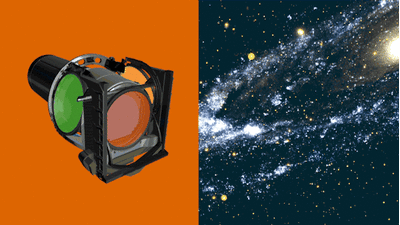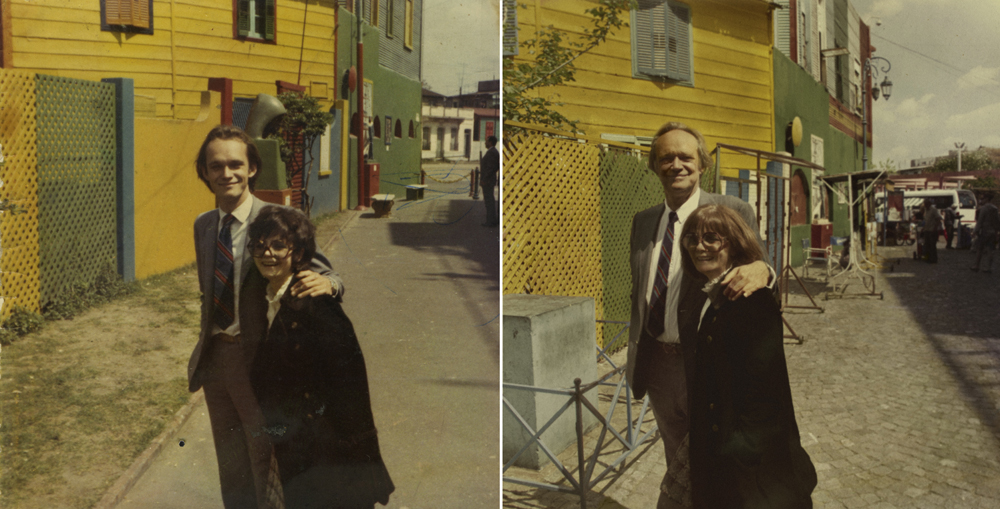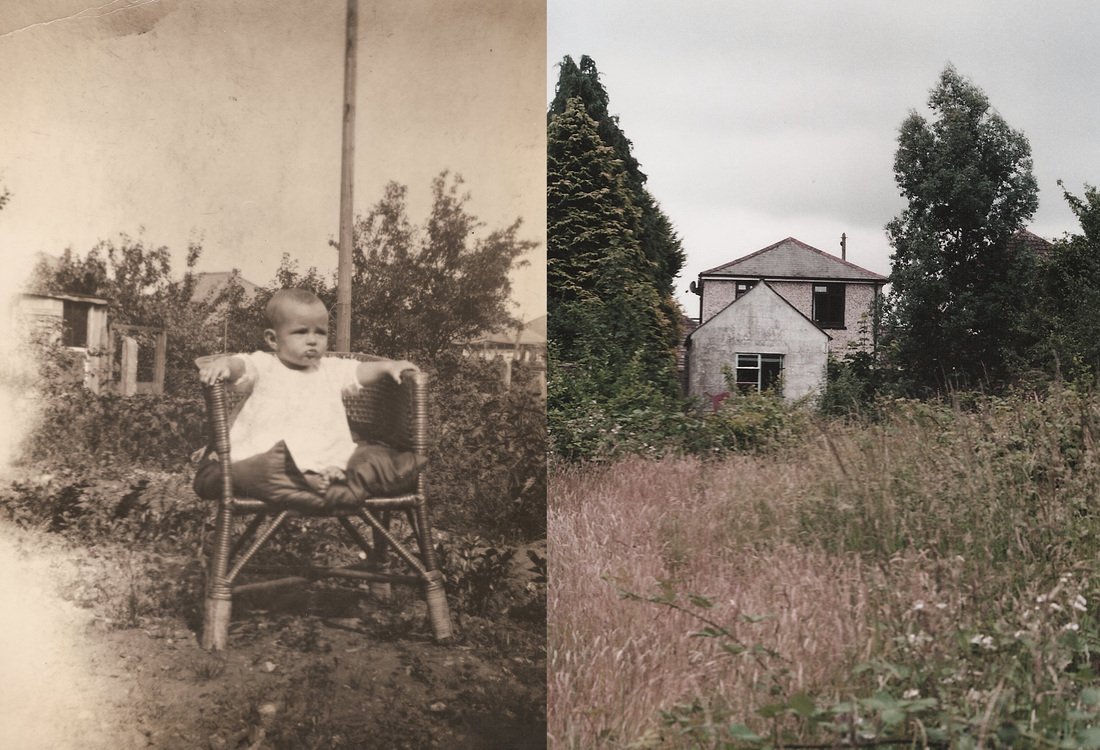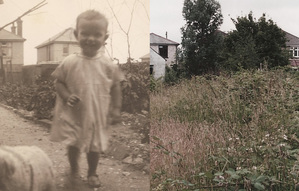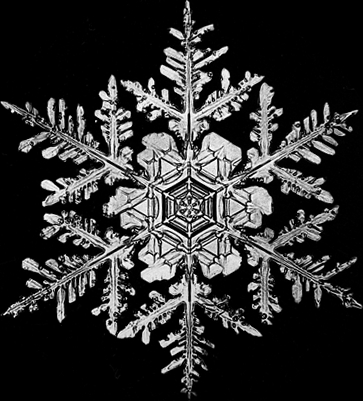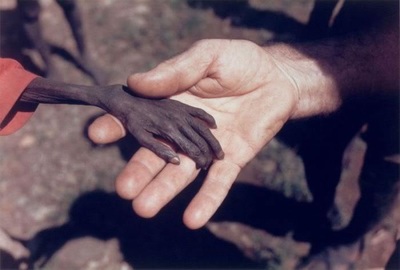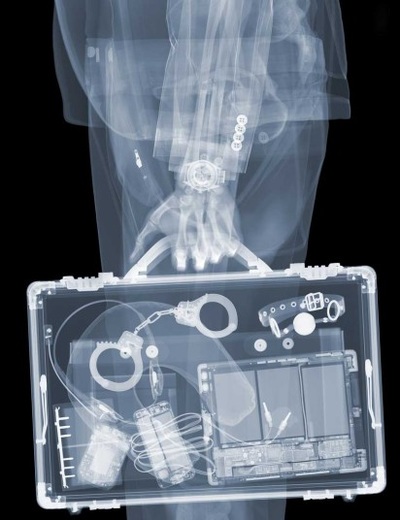|
Simply put, there are many different types of camera - from the camera obscura to the Synoptic Survey Telescope - and as a result there are also many different types of photograph, from the daguerreotype to the ephemeral Snapchat. As technologies have evolved so have our opportunities to make and to experience photographs. Advances in materials, manufacturing, travel, print, digital media and so on have all played their part in the development of this.
Even in its earliest forms, photography - as an offspring of science, technology and nature - might be considered a hybrid kind of picture-making. However, having multiplied and diversified to become ubiquitous in our lives, photography - not least in the hands of artists and theorists - has developed into an altogether more complex beast. |
Suggested activity:
- How many different types of photographs / photography can you incorporate into one image? How might the types that you choose and the sequence or combinations that you follow add meaning or visual interest?
Perhaps the most prominent role photography plays in our lives is how we set about documenting our own existence, for example, family holidays, formal gatherings, snapshots, playful selfies, and so on. But prominence doesn't neccessarily equate to influence and behind the scenes photography busies itself in untold ways.
Photography, not just a pretty face
|
Photography impregnates our lives, even before we've drawn first breath. The most obvious and common evidence for this might be the 12 week 'dating' scan – or nuchal translucency scan - which, although generated via sound rather than light (and therefore not strictly a photograph at all), usually lays claim to page one of life in pictures.
But of course photography is at play prior to this, laying paths of family history that, more often than not, we are drawn to wander - if only to confirm our own sense of place via the clues and resemblances inherited through pictures. Not that a dusty box of sepia photos will await our children's children. Their histories will be handed down - downloaded even - with these images adopting new poignancies. To give just one example: as a generation of prospective parents meet online, photography finds itself fascinatingly central to this. Initial dates and - not wanting to rush things but - future lives, can rest upon the first impression of a carefully chosen profile picture. Swipe to the left or swipe to the right, photography remains, influential and omnipresent.
|
Suggested activity:
- Imagine a washing line upon which all of the photographs that have ever been taken of you are suspended... Read more here
- When were you first confronted with a camera? What is the evidence of this?
- How have the physical attributes of photographs changed over your lifetime? –The quality of print, the texture of the paper, the emergence of digital imagery etc.? How has camera technology evolved?
- Which images of your life are by ‘professional photographers’ such as school portraits, wedding photos etc.? And do these have more, or less,‘value’ than the other photographs of you? (Are they technically more proficient? Do they lack the spirit or spontaneity of other more vernacular images?).
- Which photographs have the most personal significance? Which most accurately represent you?
Not just a family affair...
Vernacular photographs and precious snapshots have also provided rich inspiration for many artists. These include Gillian Wearing, Irina Werning, Janine Antoni, Richard Billingham, Trish Morrissey and Lucy Levene. In various ways they have all toyed with the conventions of family photographs, disrupting expectations and adding new layers of context and meaning.
What became fascinating during the process was the resistance or the impossibility of turning my parents into each other. What I was arriving at was a half-mom, half-dad creature, but to create this composite I had to reverse our roles in the sense that my parents made me, and now I was remaking them. |
Suggested activities:
Spend some time looking through old family photographs, ideally with someone who can elaborate on the photographs that interest you. Choose one image (or more) as a starting point for your own experiments. This might include:
|
Life lessons through photography
Unlike previous examples, the majority of photographs that we encounter are targeted at much wider audiences. However, these images - whether via news outlets or social media - can still have significant influence on us individually.
If prompted to imagine a snowflake, the earth, or - tragically - a victim of famine, it's all too easily done, regardless of any first-hand observation. Our imaginations are informed by our experiences, and photography has enabled us to see and experience so much more. These experiences might be abstracted illusions (as all photos are) but nevertheless they do a convincing job: Photography has made us more informed about the world, thanks to the inventors, pioneers and discoverers who have allowed us to see through their lenses.
|
|
Under the microscope, I found that snowflakes were miracles of beauty; and it seemed a shame that this beauty should not be seen and appreciated by others. Every crystal was a masterpiece of design and no one design was ever repeated., When a snowflake melted, that design was forever lost. Just that much beauty was gone, without leaving any record behind. |
Wilson Bentley was a self-educated farmer who attracted world attention with his pioneering work with snow crystals. By adapting a microscope to a bellows camera, and years of trial and error, he became the first person to photograph a single snow crystal in 1885.
Wilhelm Conrad Röntgen, a German physics professor discovered the X-ray in 1895, noting that, while it could pass through human tissue, it could not pass through bone or metal. He explored the X-rays' medical use by making a picture of his wife's hand on a photographic plate. This was the first ever photograph of a human body part using X-rays.
I have seen my death |
Wilhelm Conrad Röntgen did not have artistic intentions for his discovery of X-ray photography, but this does not prevent his work being appreciated for its enigmatic beauty. In fact, many artists and photographers 'borrow' from sciences and humanities, utilising their visual vocabularies for alternative means. Below are just a few examples:
Suggested activities:
Experiment with combining photographic genres to create new interpretations. For example, could you shoot:
- a still-life arrangement (a bowl of fruit, collection of bottles etc.) as if it was a group wedding photograph? How might the objects you choose, or how you arrange them, create particular characters or relationships?
- a series of dating app profile pictures in the style of police mugshots? How might you exploit the jarring conflicts of purpose to produce powerful or humorous work?
- an obsessive, objective study of cornflakes (for example) in the style of Wilson Bentley.
By Chris Francis








